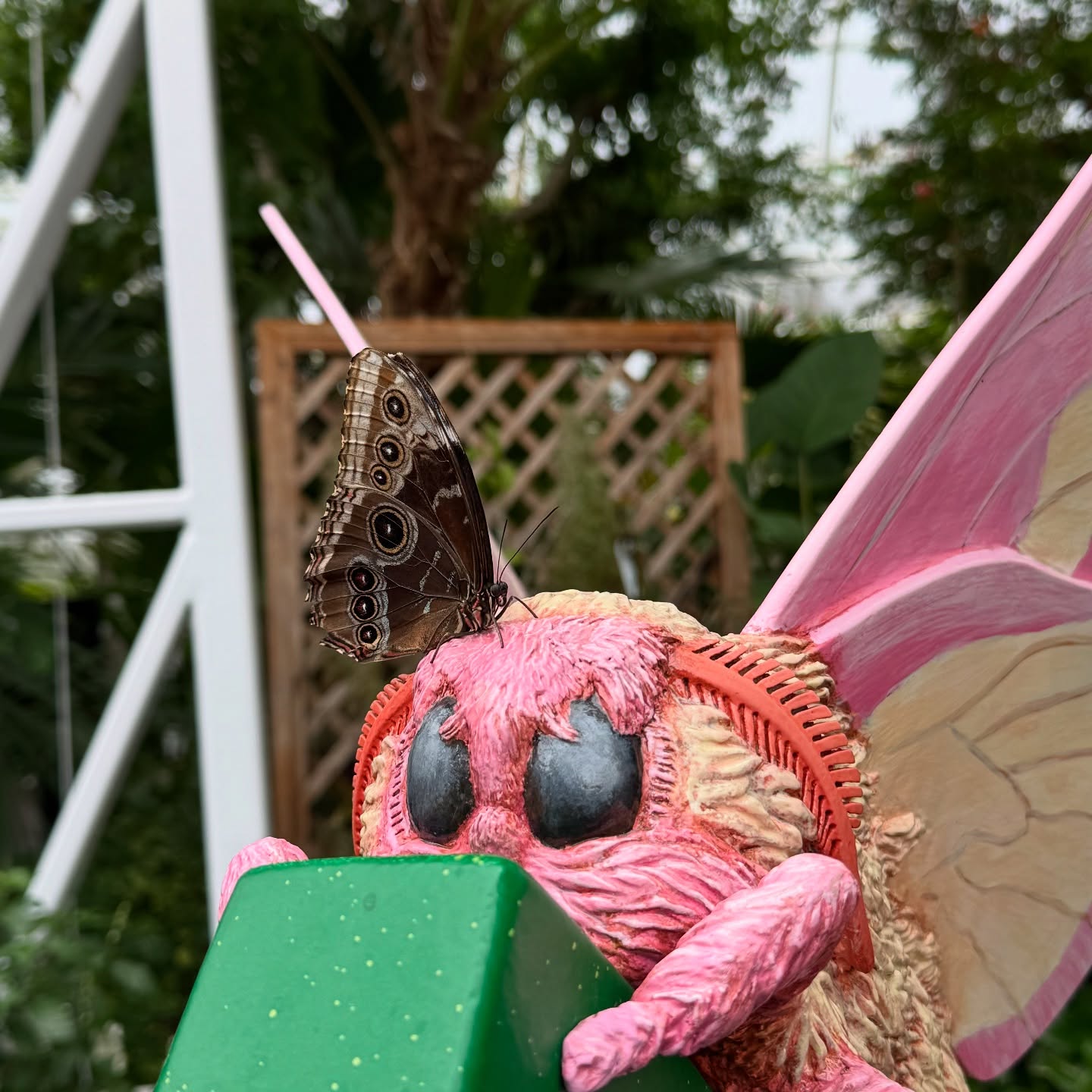- Importance of Public Engagement and Voting in Conservation Initiatives
- Role of Butterfly Gardens in Biodiversity and Education
- Strategies for Zoo Management in Promoting Conservation Efforts
- Impact of Public Participation in Wildlife Conservation
- Techniques in Butterfly Habitat Design and Maintenance
Butterfly gardens serve as vital hubs for biodiversity preservation and educational outreach. By encouraging the public to vote for initiatives such as the USA TODAY’s Best Butterfly Garden, these projects can gain the recognition and resources necessary to expand their impact. Butterfly habitats not only protect various species but also inspire conservation awareness amongst visitors.
Public engagement is crucial in wildlife conservation. Encouraging people to vote for butterfly gardens highlights the community’s role. Such participation supports conservation efforts, conveying the message that preserving biodiversity is a shared responsibility. It bridges the gap between academic conservation efforts and everyday involvement, fostering a culture of environmental stewardship.
Butterfly gardens are more than ornamental spaces; they are essential to preserving numerous species. They offer asylum to butterfly populations, many of which face threats from habitat loss and climate change. Educational programs integrated into these gardens provide a tangible way for people to learn about and witness the life cycles and behaviors of butterflies, reinforcing the importance of conservation.
Zoo management plays a pivotal role in promoting conservation. Effective strategies include offering educational programs and interactive exhibits that engage the public. By showcasing the importance of butterflies within ecological systems, zoos can foster greater environmental awareness. These initiatives often require collaboration with scientists, educators, and conservationists to develop strategies that resonate with diverse audiences.
Public participation is a powerful tool in conservation. Campaigns that encourage voting for initiatives like butterfly gardens demonstrate the impact of collective action in advocating for wildlife protection. These efforts can increase funding and support for conservation strategies, enabling more comprehensive habitat restoration and species protection projects.
Designing and maintaining butterfly habitats requires careful planning and execution. The selection of native plants, provision of suitable host plants, and creation of microhabitats are crucial elements. Managing these gardens involves continual adaptation to ensure they remain viable sanctuaries for butterflies, supporting their life cycles and attracting a wide array of native species.
Butterfly gardens, therefore, encapsulate the intersection between ecological responsibility and community involvement, representing a proactive step toward sustainable environmental practices. Promoting initiatives through public votes is a testament to the collaborative spirit necessary in tackling biodiversity challenges. These gardens thrive through the collective efforts of individuals, institutions, and communities dedicated to preserving natural wonders for future generations.
*****
Source Description
Popping in to see if you voted today! Remember that you can vote for the Butterfly House each day until May 12 for USA TODAY’S Best Butterfly Garden 🦋 💙 🔗 Link in our profile and stories! Tag a friend (or two)!


